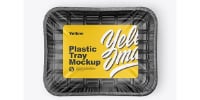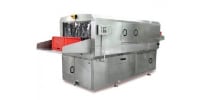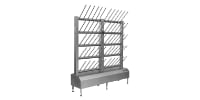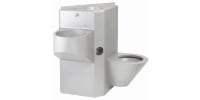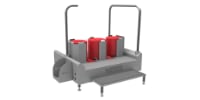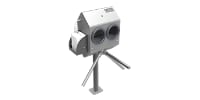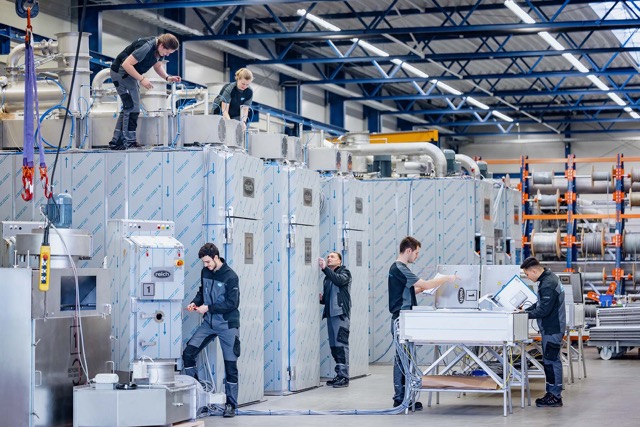
VDMA Reports Record Figures in Food Processing Machinery Exports
In 2023, German manufacturers of food processing and packaging machinery celebrated a notable achievement, registering an 8.6% increase in export growth, culminating in a record-breaking revenue of €9.85 billion. This surge wasn’t confined to Germany alone; it mirrored a broader, global trend that has seen the international market for these industries projected to exceed €52 billion in the same year.
German companies, realizing an export turnover rate of 86%, are particularly active in international markets. Beatrix Fraese, an economic expert at the VDMA Food Processing and Packaging Machinery Association, highlights the dual engines of growth driving this expansion: “On one hand, there’s a surge in investments in automated, efficient, and sustainable production and packaging technologies within industrialized nations; on the other, there’s dynamic growth in densely populated developing countries,” she explains. Notably, over half of the exports — 53% to be precise — were directed outside Europe, with a significant focus on Asia and North America.
The Robust Food and Beverage Sector
In many emerging markets such as India, Indonesia, Mexico, Brazil, and Nigeria, the food and beverage sector stands out as a predominant industrial force, according to the United Nations Industries Development Organisation (UNIDO). These regions, often rich in resources, are advancing local value creation and achieving greater self-sufficiency by investing in hygienic processing and packaging technologies. This shift from merely exporting raw materials to marketing regionally manufactured products globally signifies a robust potential for continued demand in this sector.
In developed nations like the USA, the food and beverage industry is not only the largest industrial sector but also a significant employer, engaging nearly 2% of the workforce and generating an output worth over €1.1 trillion in 2023, as reported by Euromonitor International. The persistent skilled labor shortage drives the sector’s ongoing investment in automation and process efficiency, ensuring a steady rise in machinery imports. German manufacturers, in particular, remain crucial trade partners in the U.S. food processing and packaging machinery sector.
Leading Markets and Future Outlook
The U.S. market led the charge in 2023, with German exports climbing by 19% to an unprecedented €1.7 billion. While the U.S. remains at the forefront, other significant markets include France, China, the UK, Poland, Switzerland, Mexico, the Netherlands, India, and Italy. Regionally, German manufacturers distributed 33% of their exports to EU countries, with other distributions across the globe ranging from North America to Oceania.
Global Machinery Trade on the Rise
Reflecting the sustained global appetite for imported machinery, the cumulative exports from approximately 50 industrialised countries have seen a dynamic increase over the past decade. From €33.9 billion in 2012, the global trade in machinery has surged to €48.6 billion in 2022. The EU continues to be a major contributor, accounting for 60% of this trade, with Germany and Italy leading the charge. In 2023, this trend is expected to propel the global market beyond €52 billion, marking around a 7% increase despite challenging conditions.
Looking ahead to 2024, the momentum is set to continue. “The global demand for high-performing, safe machines remains strong,” says Fraese. The driving forces behind this sustained growth are advancements in hygiene, food safety, automation, efficiency, resource conservation, and sustainability in both production and packaging processes.
About the VDMA Food Processing and Packaging Machinery Association
The association represents one of the largest of VDMA’s 38 business sectors and showcases a diverse industry spectrum. Its approximately 330 member companies produce a wide array of machinery including bakery equipment, meat and protein processing technology, beverage production tools, dairy and confectionery machinery, packaging systems, and devices for the pharmaceutical and cosmetic sectors. Predominantly medium-sized, these companies generate over 80% of the sector’s revenue, illustrating the industry’s broad impact and innovative drive.


















